Politics
The Bronze Ceiling? What the Gender Gap in Public Sculpture Tells Us About the Barriers for Women in Art
Candid remarks by Frieze Sculpture curator Clare Lilley give a glimpse of broader biases in the field.
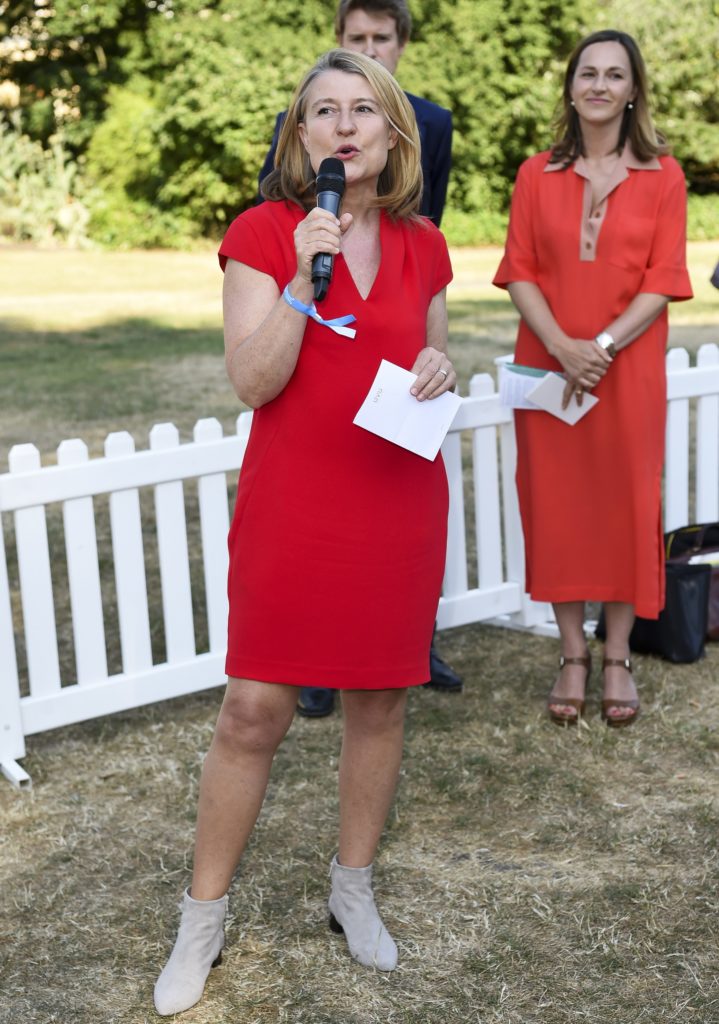
Candid remarks by Frieze Sculpture curator Clare Lilley give a glimpse of broader biases in the field.

Amah-Rose Abrams

Frieze Sculpture opened in London’s Regents Park in early July to positive response, with works by the likes of Huma Bhabha, Jodie Carey, Tracey Emin, Lars Fisk, and Jaume Plensa. The annual exhibition is much-loved for the accessibility of its outdoor artworks, but this year a slight sour note marked the proceedings. Speaking to colleagues and journalists at the show’s opening, curator Clare Lilley was frank that she would have liked to include a 50/50 split of men and women—but had been unable to do so.
Given the recent focus on the issue of representation and Lilley’s awareness of the issue, the question lingers: Why? The curator, who is also director of programs at Yorkshire Sculpture Park, went on to explain that she saw a lack of financial support from galleries for ambitious sculpture by women, given that the market value of the works tended to be lower due to the gender of the artist.
“Frieze Sculpture is, in large part, dependent on galleries proposing work for the exhibition,” Lilley explained. “Of my first long-list, which included all the proposed female artists, only 23 percent were women. After working for four months talking to galleries and artists we raised that to the current 43 percent.”
The experience, she said, made it apparent that there were simply more already-made works by male artists available for consideration. In the case of female artists, more often they were being asked to do something new.
“More women than men made new work for Frieze Sculpture,” Lilley pointed out. “In other words, with a clear understanding that the work would be shown in arguably the best outdoor commercial exhibition in Europe, the female artists had to seek the means to produce, possibly with less assistance, and certainly under greater pressure.”
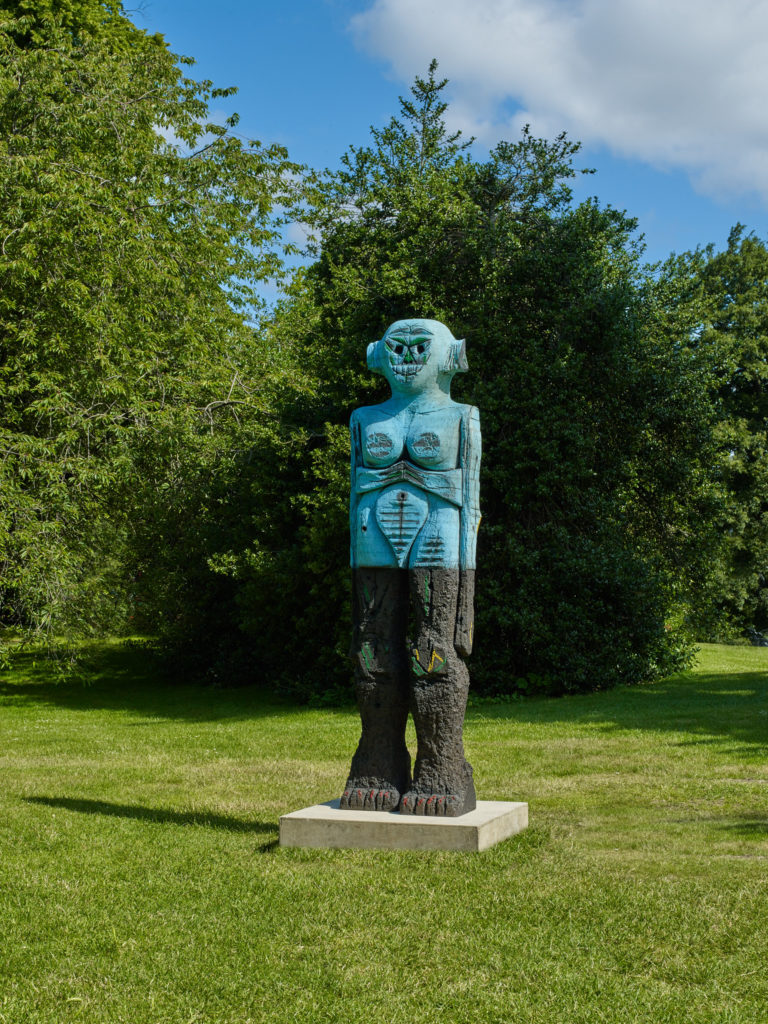
Huma Bhabha, Receiver (2019). Courtesy of Salon 94, Frieze. Photo: Stephen White.
It is well known that women artists are still fighting to attain equal recognition in the art industry. While Yayoi Kusama, Jenny Holzer, and Rachel Whiteread are some of the most successful contemporary artists working in sculpture today, they represent the very top end of the market, selling in the millions at auction and receiving public commissions. Their status thus may not be representative of broader trends for women working in the field.
For more emerging artists, the gender gap means a gap in terms of who has access to the means to create ambitious projects. Indeed, artists often have to wait to be able to even experiment with sculpture, simply because the basic costs are so high. It can cost tens of thousands of pounds to make a large sculptural commission, plus thousands more for the work’s transportation and storage.
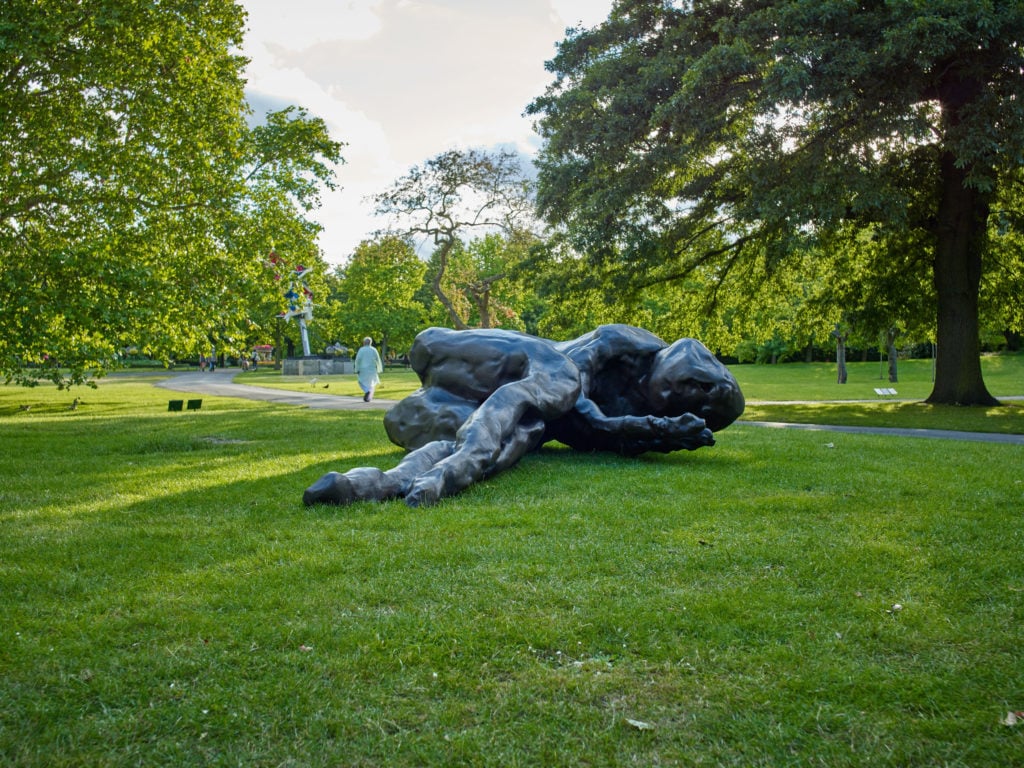
Tracey Emin, When I Sleep (2018). Courtesy of White Cube, Frieze. Photo: Stephen White.
“It all costs,” said Abby Hignell, director of London-based sculpture specialist Hignell Gallery. “It costs to make it, it costs to move it.”
Hignell points out that there’s a sharp career hurdle, where artists who are selling pieces in the “low thousands” face the prospect of scaling up to do larger pieces involving tens or even hundreds of times that investment. “It does tend to take an artist awhile to make sculpture,” she says. “Hence you get artists who are mid- to late-career [making sculpture] because they’ve got the capital.”
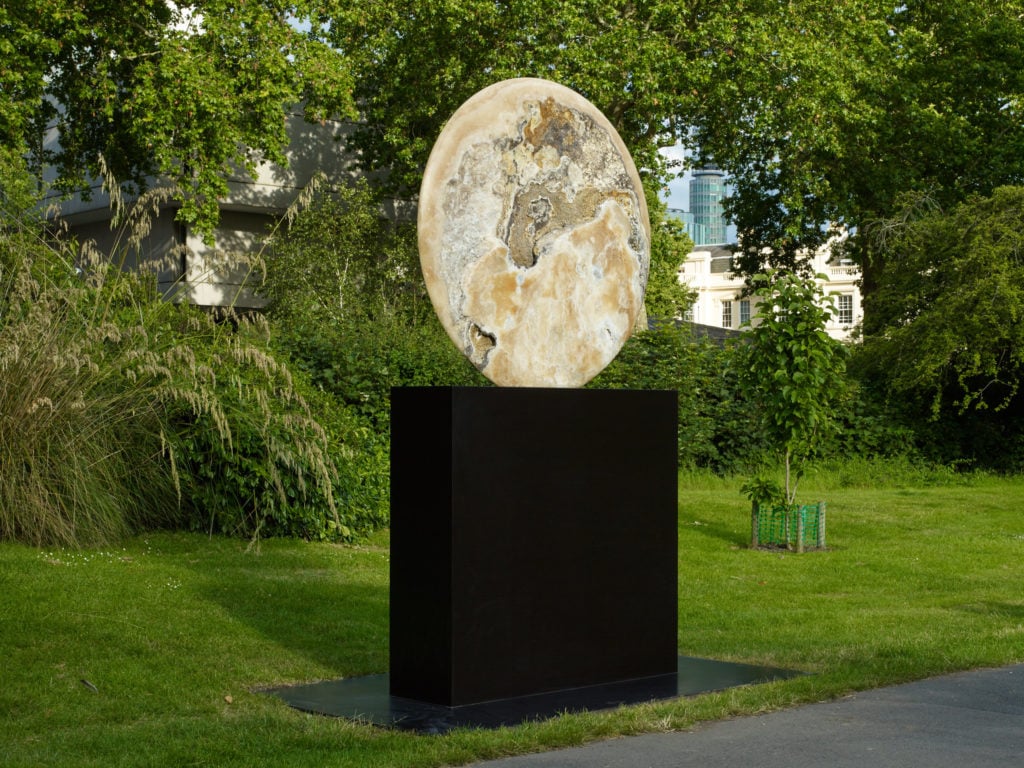
Emily Young, Bowman Sculpture (2019). Courtesy of the artist and Frieze. Photo: Stephen White.
Are things changing? It has never been more fashionable to be righting historical representational wrongs through art, and there are an increasing number of women in decision-making roles within art, including institutional directors and senior curators.
If the key is achieving the sustained, early-career support to allow more women artists to reach the point where they can scale up their practice, surely a key obstacle must be that previous surges of interest around female artists have proved fleeting. “What happens is it’s seen as a little zeitgeist moment: ‘women artists are really hot right now, let’s get on that,’” says Hignell. “Then it goes quiet. The key is to keep going.”
But, she adds, perhaps things really are different this time: “I can’t see this slowing down, because when you look behind the scenes there are so many more women.”
There are also examples of female artists working with large-scale and monumental works who have been steadily achieving success for years.
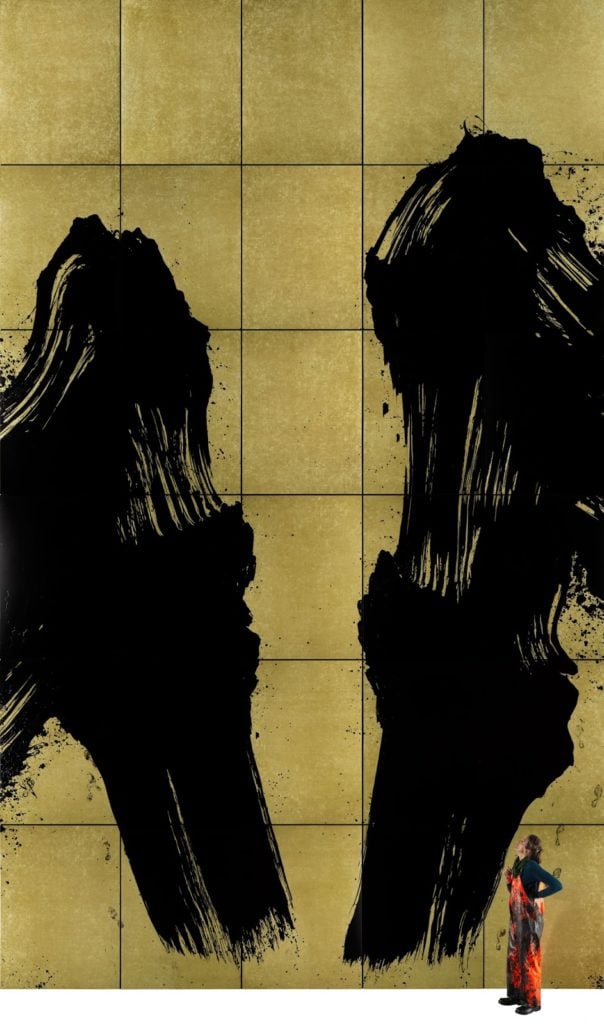
Fabienne Verdier, La Faille (2014). Installation of a monumental painting in Majunga Tower, La Défense. Photo: Philippe Chancel.
Waddington Custot gallery represents both Fabienne Verdier, who makes work like the giant-sized multi-panel painting La Faille, commissioned for the Majunga Tower in Paris, and Alice Anderson, who makes large-scale sculptural works using copper wire that have appeared at the Centre Pompidou, Espace Culturel Louis Vuitton Paris, the Wellcome Collection, London, and many other venues.
“We are coming into a new and welcome era where museums and galleries are taking on the responsibility of showing a more diverse program which more accurately represents artists working today,” Waddington Custot directors Roxana Afshar and Jacob Twyford said in a statement. “However, we are not there yet.”
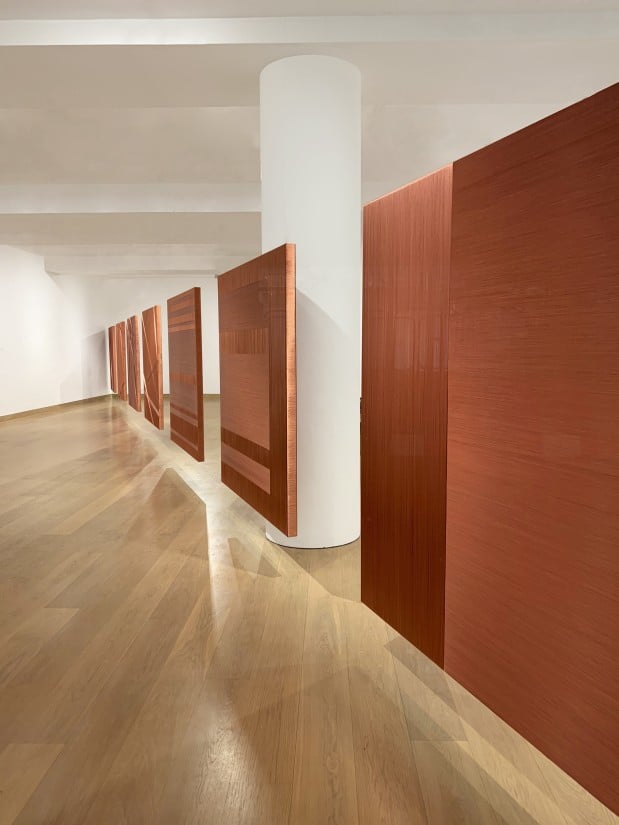
Installation view of “Alice Anderson: Body Disruptions” at Waddington Custot. Courtesy of the artist & Waddington Custot.
Still, all indicators point towards a sea change in the market for sculpture by women. If the industry truly sees the current momentum extending into the future, it’s possible that the prospect might actually lead to sustained investment, betting on a reshaped art historical cannon. Has there ever been a better time to invest in women artists?